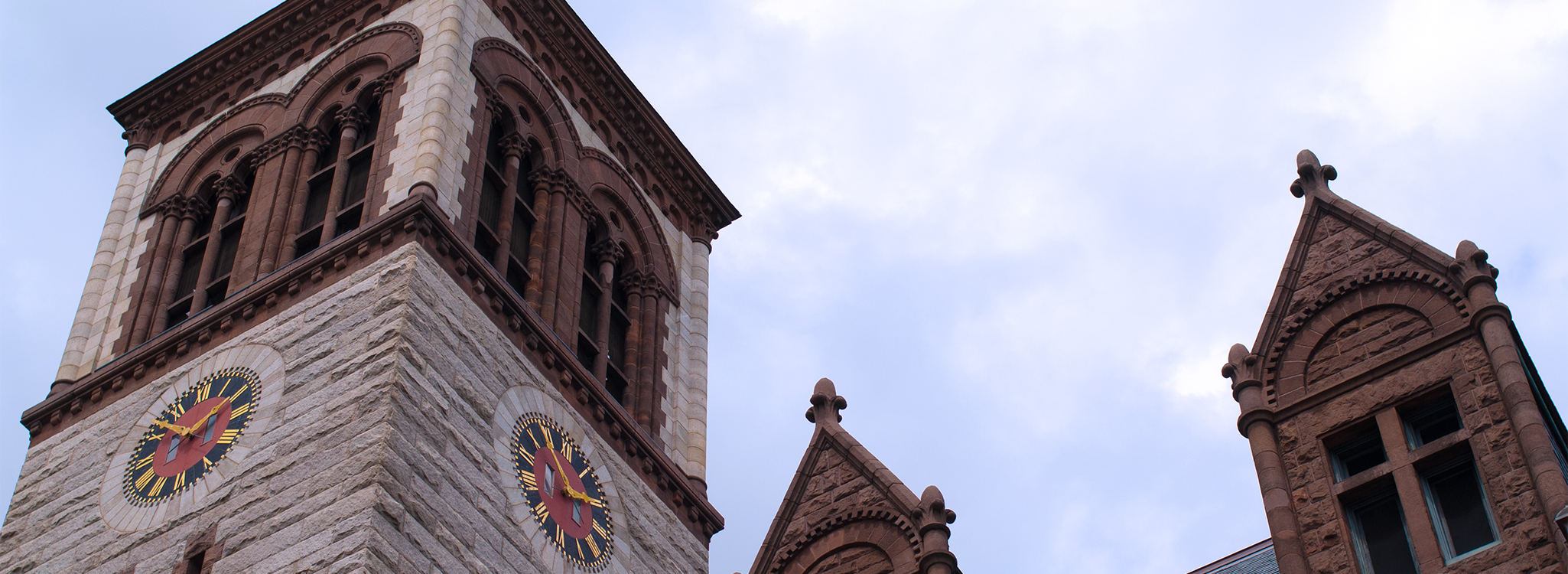Let's not give the MBTA more assets to maintain, especially in a category they have no expertise maintaining. Plus, I'm inclined to keep the DCR parkways with DCR, rather than MassDOT, as I do want them managed over the long term as a park asset first, not as a transportation asset. DCR has been getting better, they just don't get the money they need. Plus, it's complex assets like bridges *were* transfered to MassDOT in 2009 - to include the BU rotary overpass and the bridge over the Grand Junction, the segment where the fatality occurred. As I mentioned upthread, the stretch from Magazine to Dewolfe is currently in the middle of a major $51M MassDOT proposal to rebuild it all in 2027; DCR was left holding the bag there, but MassDOT is the one responsible for improving that stretch of road.
View attachment 56034

